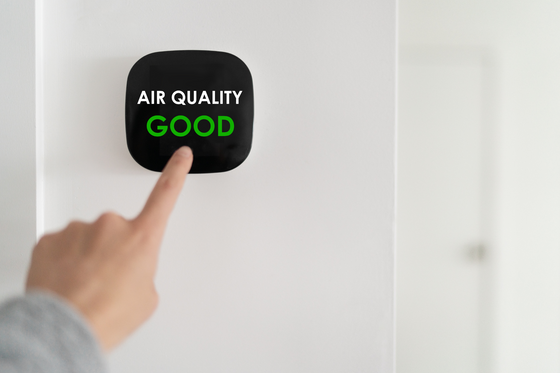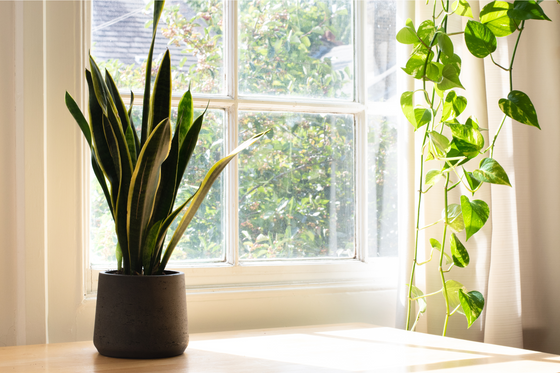
4 Essential Life Tips for Allergic Pet Owners
Having a pet is having a best friend, a roommate, and a baby all at once. They keep you company and, in return for the joy, they just require your time and care.
That is why being allergic to your own pet is a cruel irony to keep you apart. Think of it as Romeo and Juliet, but Romeo is a dog that likes to scratch his butt on the carpet, and Juliet’s throat itches each time she sees him.
However, unlike the lovers of Verona, you and your pet have more sensible solutions to your problems than playing dead and hoping for the best. Check these four tips to ensure your allergies won’t get in the way of Spot’s ear scratches.
Allergy towards animals is a consequence of the presence of allergens in the critter’s hair, body secretions, and dander. Fur and dander, in particular, can stay in your home for months and continue to trigger allergic reactions.
In some cases, your pet is not to blame. Allergens like dust mites and pollen can accumulate on the animal’s coat, making it seem as if Fluffykins is the guilty party.
Schedule a visit to an allergist to determine the specifics about your particular case, confirm whether or not your pet is the trigger, and get the corresponding medication, or research natural dietary supplements that may help with asthma and allergy symptoms.
The next step is to reduce your contact with the allergens. Which means you must get rid of anything that may capture allergens and keep them inside your house.
If you are eyeing your carpet suspiciously by now, you do right. Carpets gather every single particle responsible for your runny noses.
Solution? Shift to tile or wooden floors, your new best friends.
Hard flooring won’t only reduce allergen accumulation, but will also be easier to clean, which is essential because…
Considering fur and dander can stay in the environment for months, you only have one choice.
Wash it all.
Sweep, dust, mop, and vacuum your house from corner to corner regularly. While you can do it yourself with a dust mask, you can enlist the help of someone that won’t sneeze every two seconds.
Likewise, bathing your pet weekly reduces dander—leaving it to a partner or professionals is ideal, but you can do it yourself outdoors.
Regular cleaning helps reduce the presence of allergens, but it can be a draining task.
Enter air filters.
After minimizing your exposure to your pet’s dander, air filters provide an additional barrier against allergens, keeping your environment clean.
Your best option will be a MERV 11 pleated air filter, and the Accumulair Platinum MERV 11 filter has proven proficient in the retention of common allergens, without affecting your HVAC system.
Just remember to change filters regularly. Otherwise their effect is diminished.
Conclusion? Just be careful!
You don’t have to pick between your pet and your nostrils. Luckily, reaching a harmonious middle point is a realistic goal for most allergic pet owners.
Keeping the house ventilated, open, and clean is a must, as is using common sense while interacting with your pet. So no, no burying your face on your good boy’s coat.
But other than that? You can love your pet the same way any regular owner does.
SOURCES:
Asthma and Allergy Foundation of America (n/d). Pet Allergy: Are You Allergic to Dogs or Cats? Retrieved from: https://www.aafa.org/pet-dog-cat-allergies/
Carol Sorgen (n/d). Do You Need an Air Filter? Retrieved from: https://www.webmd.com/allergies/features/do-you-need-an-air-filter.
Karen Gill (2019). Carpet Allergies: What’s Really Causing Your Symptoms? Retrieved from: https://www.healthline.com/health/allergies/carpet-allergies.
PETA (n/d). Living with Allergies to Animals. Retrieved from: https://www.peta.org/issues/animal-companion-issues/animal-companion-factsheets/living-allergies-animals/.
Comments will be approved before showing up.


